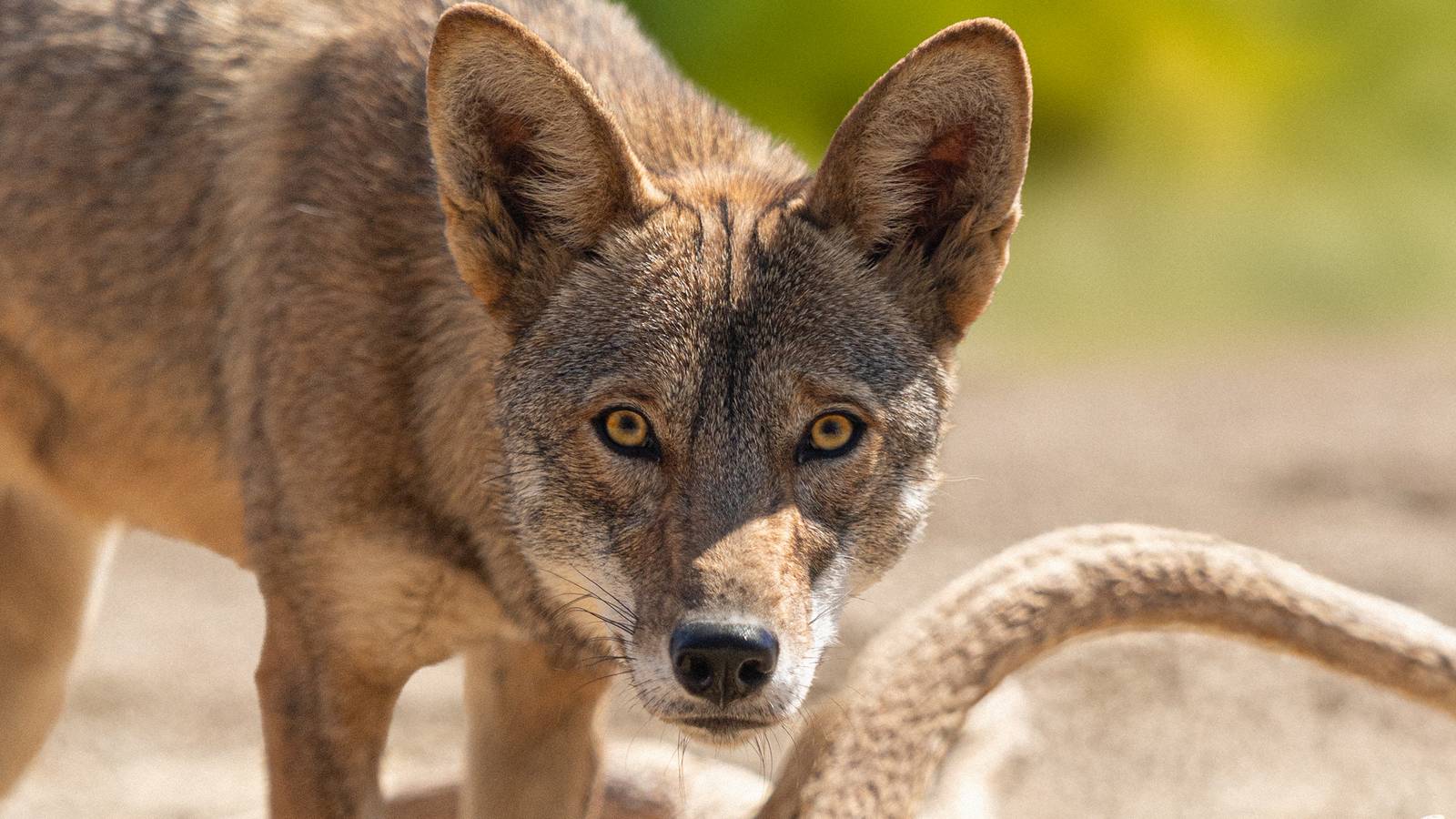In April, Colossal Biosciences captured headlines around the world with the reveal of its first cloned dire wolves. The announcement, and proof that de-extinction efforts are making significant progress, ignited global fascination and the obvious fantasy-themed connections, but buried within the same announcement was another milestone that largely went unnoticed: the first successful cloning of a critically endangered red wolf.
As the dire wolves dominated the spotlight, the significance of that red wolf breakthrough and Colossal’s broader conservation mission was easy to miss, but it’s the more timely and arguably more important work also happening at the moment.
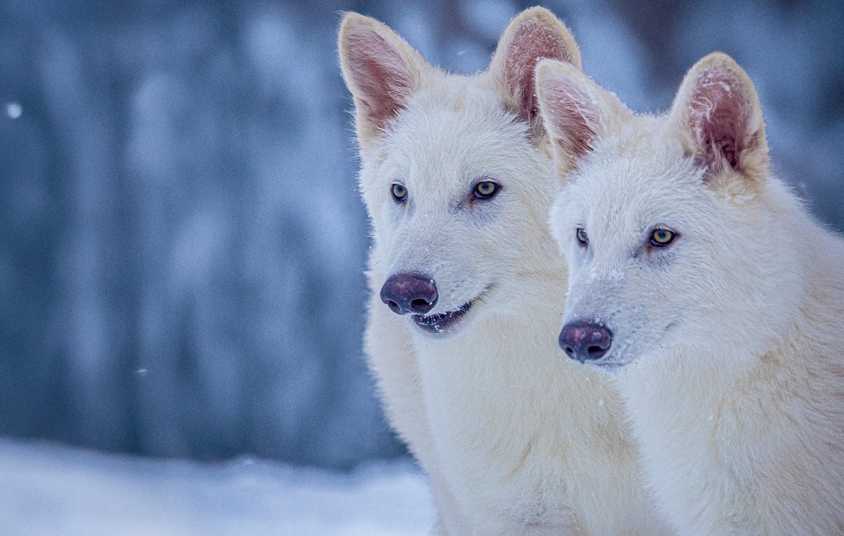
COLOSSAL UPDATE
Colossal’s Dire Wolves Surpass Yellowstone Wolves in Size With Plans to Expand the Pack
From birthday milestones to future expansion, I have the latest dire wolf details from touring Colossal Biosciences HQ.
Now, six months later, I wanted to return to this story as that world’s first cloned red wolf, Neka Kayda, celebrates her first birthday today. For Colossal Biosciences, Neka is not just a scientific achievement. She is a symbol of how de-extinction and conservation go hand in hand, and how technologies developed for resurrecting lost species are already being applied to save those still clinging to survival.
“She’s now one year old, and she’s now moving into adolescence and adulthood, and she’s at this stage where she’s completely healthy.”
Yesterday I spoke with Colossal CEO Ben Lamm about Neka’s birthday, and he admits the milestone feels surreal. “Watching them grow and evolve over the last year has been amazing. And it’s also got this extra layer, because not only is it hope for conservation, and the technologies could be applied to conservation, but then separately, even though she’s not the first of her kind, she’s the first of her cloned kind, which is pretty interesting.”
Why The Red Wolf Matters
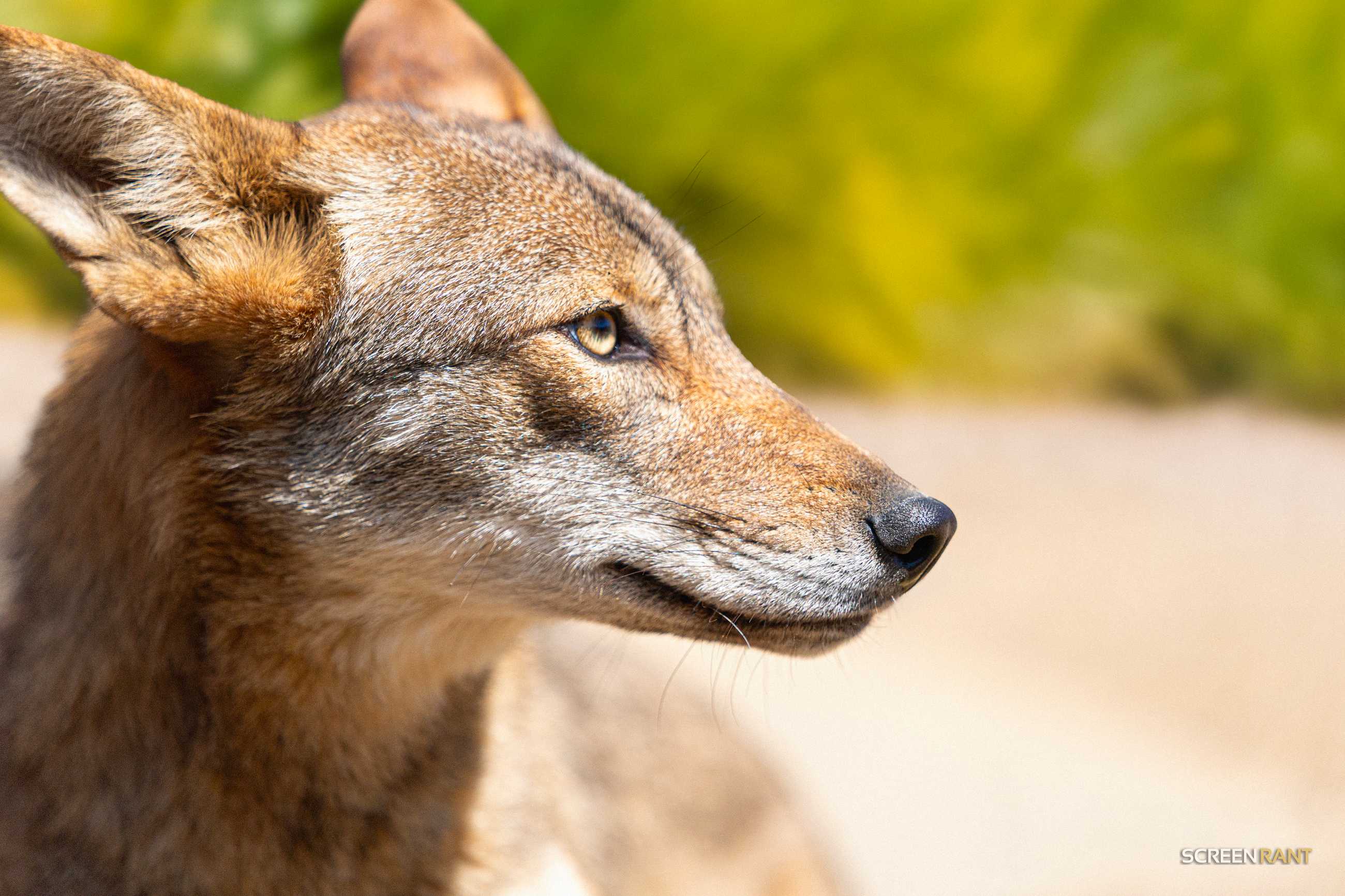
The red wolf is the only wolf species endemic to the United States, and today fewer than 20 survive in the wild. That staggering reality made the species an urgent candidate for Colossal’s cutting-edge technologies, and it aligned well with their de-extinction efforts which helped make it happen.
“The red wolf is only endemic to the United States, and it’s the most endangered wolf in the world? That’s crazy to me. We look at all of this infrastructure, all these technologies, and we can’t save an American icon? What’s wrong with us? And so it was a no-brainer for us to want this be our conservation application of the dire wolf technologies.”
Let’s talk science! Lamm explains that Neka’s birth was made possible by a new approach using endothelial progenitor cells, or EPCs. These cells come from the inner lining of blood vessels and can be collected through a simple blood draw, he explains. Unlike traditional cloning methods that require tissue samples or biopsies, EPCs can be non-invasive and easier to work with.
While they don’t have quite the flexibility of some other stem cells, EPCs are ideal for both biobanking and genetic engineering, making them a powerful tool for conservation and Colossal’s plans. “This EPC cloning and biobanking technology that we developed for this is a pretty monumental step for conservation, way beyond just red wolves,” Lamm says.
“We look at all of this infrastructure, all this technologies, and we can’t save an American icon? What’s wrong with us?”
By pairing the urgency of red wolf conservation with new advances like EPC cloning, Colossal sees an opportunity to expand the genetic base of the species and demonstrate how biotechnology can help by accelerating recovery of endangered species. The red wolf is just one of the notable species visualized on one of the halls withint heir new HQ.
Conservation Challenges, Opportunities, and Data Sharing
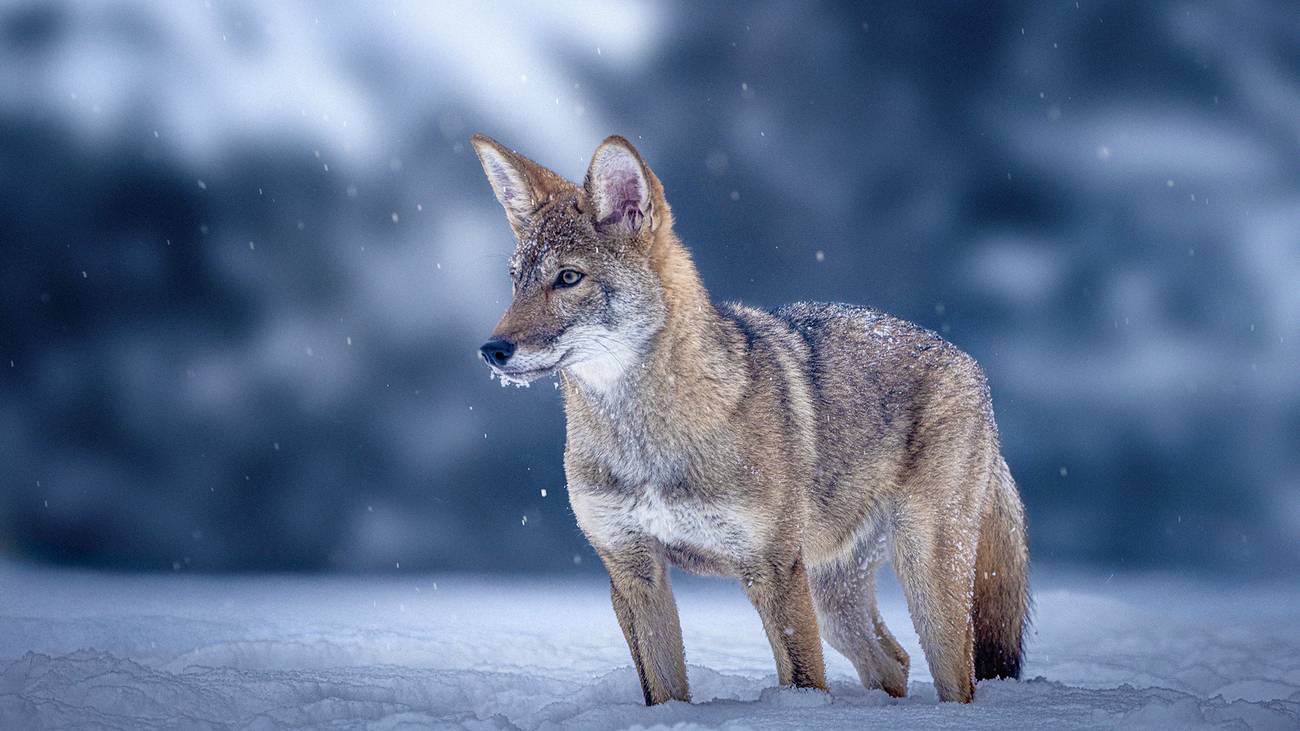
Colossal’s red wolf clone at 5 months
The existing red wolf population faces a dangerous genetic bottleneck, with only a few founder lines represented. By cloning additional wolves from preserved samples and populations of “ghost wolves” (red wolf-coyote hybrids that carry ancestral red wolf DNA), Colossal hopes to more than double that number. Neka Kayda is just one of four red wolves that Colossal has successfully cloned, and they live together on an ecological preserve.
“We have four red wolves today that all could be entered back into the captive breeding program,” Lamm said. “It would more than double the founder lines, which would be amazing.”
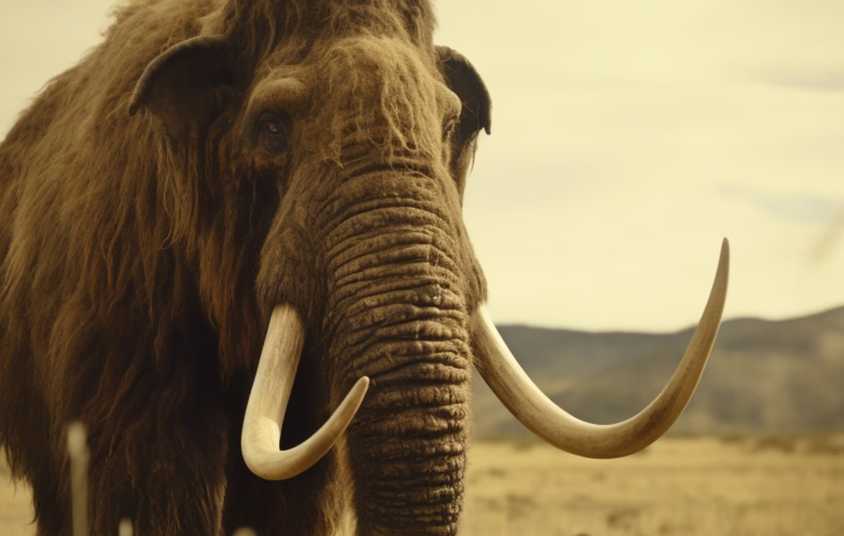
COLOSSAL UPDATE
Resurrecting Giants: How Colossal Plans to Revive the Woolly Mammoth by 2028
During my tour of Colossal’s new Dallas headquarters, CEO Ben Lamm confirmed progress on the company’s most ambitious de-extinction project.
According to the U.S. Fish and Wildlife Service’s most recent release strategy, there are only 17 to 19 red wolves left in the wild in eastern North Carolina, with just two known family groups remaining. They were even declared extinct in the wild in 1980 until the agency stepped in with a breeding program. They’re now working to create up to five new breeding pairs by mid-2025 through pup fostering, pairing unpaired wild wolves, and releasing animals from the captive SAFE program. Colossal’s work with Neka and her cloned siblings aims to complement those efforts by adding new founder lines and genetic diversity that can strengthen both captive and wild populations over time.
Neka Kayda, meaning “Ghost Daughter” in the language of the Karankawa people of the Texas Gulf Coast, is a name that honors both the enduring spirit of the red wolf, whose DNA survives against the odds, and the Indigenous community that has long shared its homeland.
Colossal also sees genetic rescue as a critical tool alongside cloning. When I asked Chief Animal Officer Matt James how realistic it is that red wolves can be saved, he responded: “I mean it’s a guaranteed with the right technologies. Genetic Rescue is an amazing platform that we’re creating this synthetic biology tool that allows us to artificially restore the genetic diversity of these critically endangered species. So that is certainly in the works. The biggest limiting factor we have in many population recovery efforts is genetic diversity. You start to see high levels of inbreeding.” James continued with an example:
“I don’t know if you ever heard of a story, but back in the late ’90s the Florida panther was really on the brink of extinction because of inbreeding. They had to bring in Texas cougars… there are different subspecies and they hybridize them to help just bring in fresh genetics. We have the tools today that you could go in, make very precise, intentional changes to a genome and fix the inbreeding effects that you would see in a population like that. That’s what we’re beginning to see in red wolf, and so we’re creating those tools to allow for the genetic restoration.”
For Colossal, breakthroughs like Neka’s are not just about science within its walls. They are about building technologies that can be shared openly with the global conservation community. James also reiterated that when it comes to conservation, Colossal is openly sharing developments:
Everything that we do on the conservation front, everything that we say, this is a tool that could be used for the preservation, restoration of critically endangered species, we give away for free to our partners.
“It’s about data, right?,” Lamm put it plainly in our conversation yesterday when I asked about working with conservation groups while there’s much skepticism from others. “All this is just about data so I think we’re over-indexing showcasing a lot of the data, to ensure that… sharing that data, so that people, it’s less about persuading people, it’s more just about educating people.”
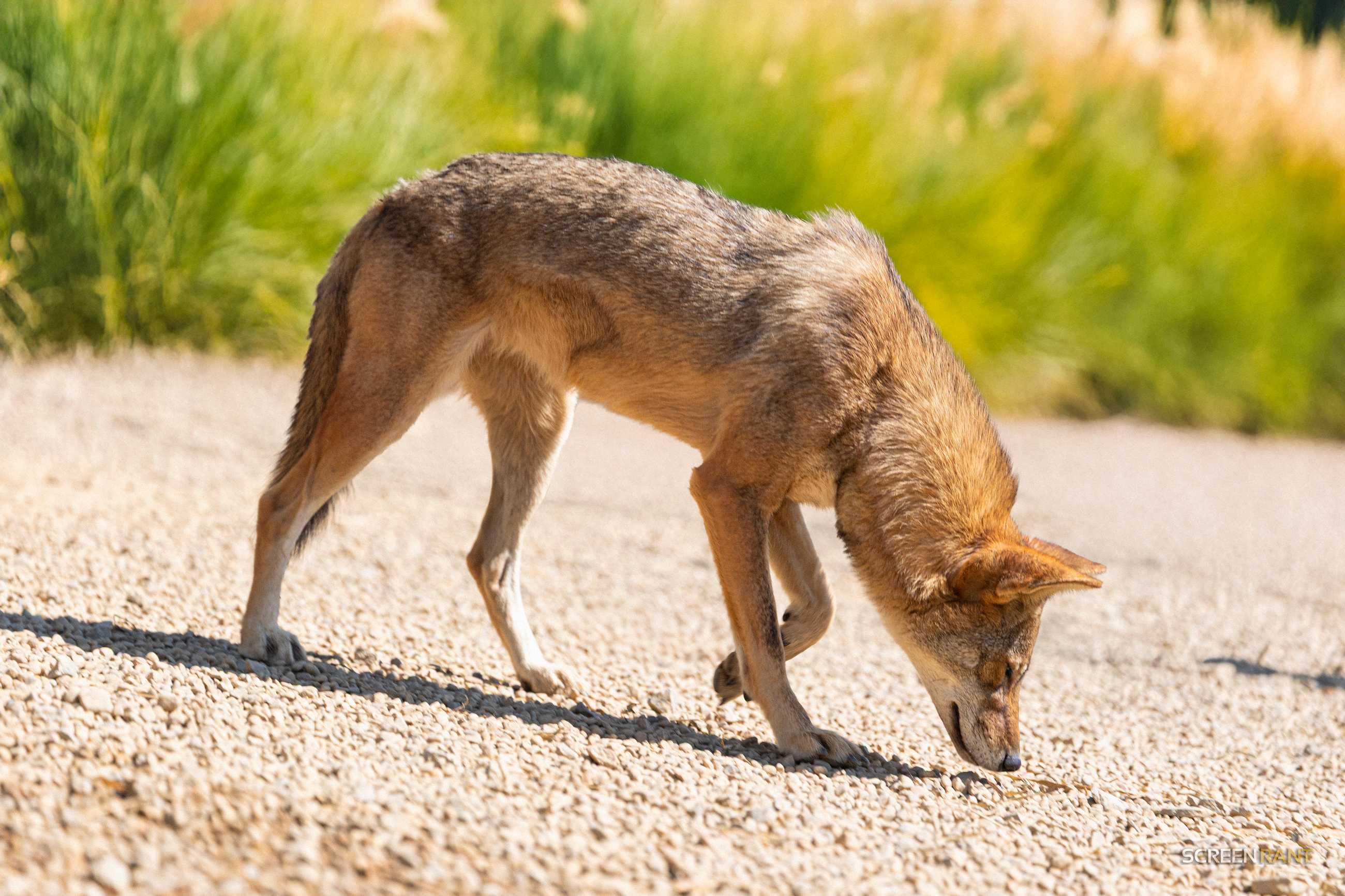
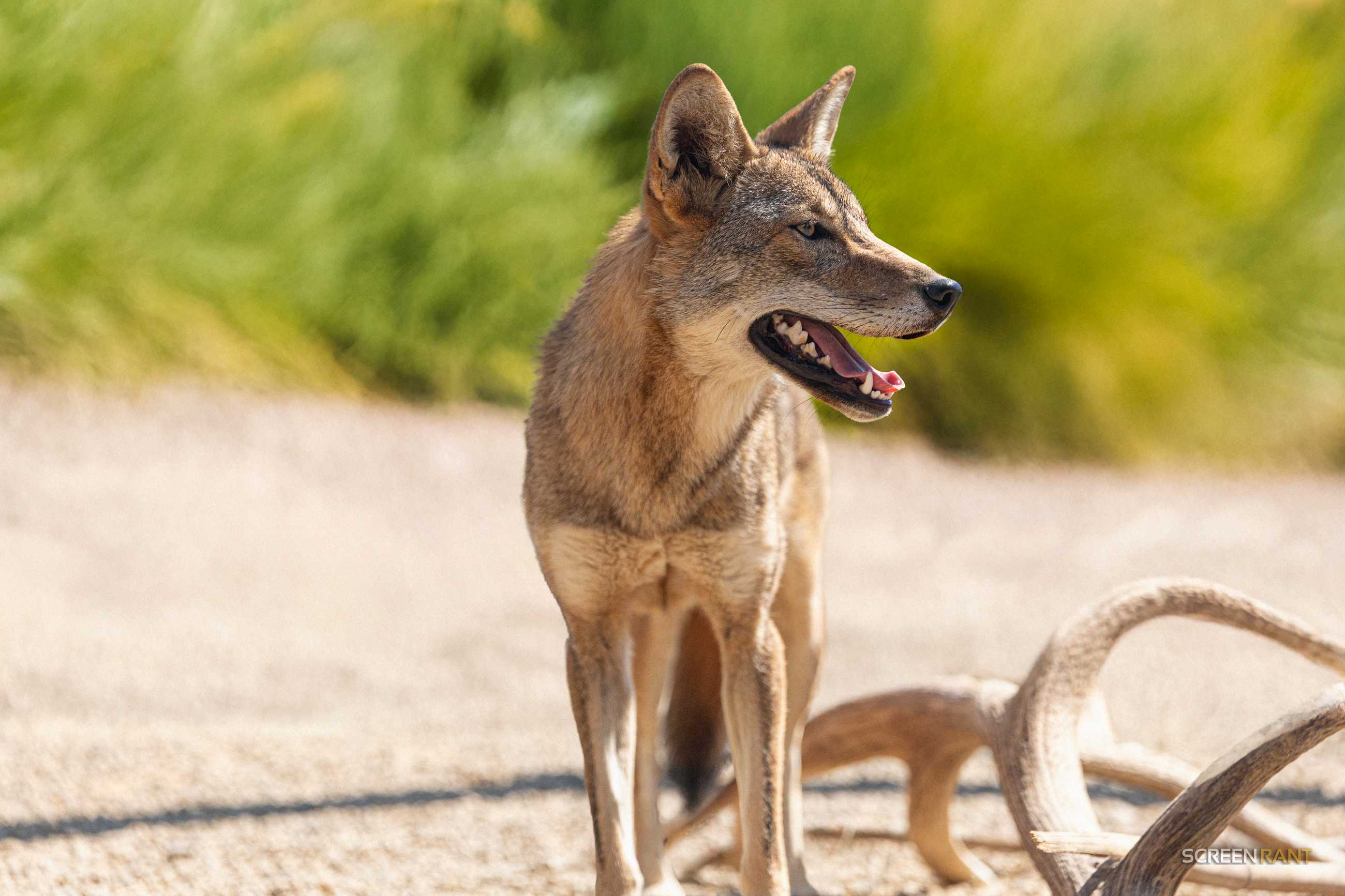
In my prior chat with Lamm when visiting Colossal, he talked about these crucial partnerships and funding important conservation efforts: “As we build these technologies and we open source where we have 60 plus conservation partners around the world. We have a $50 million Foundation that also funds the use of them.”
“I think what’s more exciting about Colossal isn’t what other projects is Colossal going to do, it’s what technologies is Colossal going to commoditize?” said Matt James previously, underscoring the impact. He continued:
“The scale at which we’re building technologies is driving the cost of technologies down. [It] Commoditizes, democratizes technology so that organizations like Island Conservation that are already working in the Galapagos can suddenly have access to tools that would’ve been way too expensive, way too difficult. And suddenly we can really democratize those technologies in a way that they become common tools for conservation. That’s true impact on conservation.”
Together, these partnerships and open-source tools reveal how Colossal is aiming to complement traditional conservation efforts, positioning biotechnology as an accelerator for recovery.
Dire Wolf vs. Red Wolf: Timing and Public Perception
Colossal’s dire wolf reveal earlier this year was impossible to ignore, especially for us Game of Thrones fans. But Lamm acknowledges that excitement overshadowed the red wolf story, despite its conservation urgency.
“The red wolf part of the story was dwarfed by dire wolves, which we learned, but we didn’t know. We thought people would be just as excited, but they weren’t. But what’s interesting is still, there were still thousands of stories written about red wolves. It’s just that it feels like less, though, because there were tens of thousands of stories written about dire wolves.”
The imbalance highlights a central tension for Colossal. De-extinction projects capture imaginations, and certainly investor interests, like Peter Jackson’s recent partnership to fund the resurrection of New Zealand’s lost giant birds, but endangered species like the red wolf are the ones that can and must be saved today.
The Future of Red Wolf Recovery
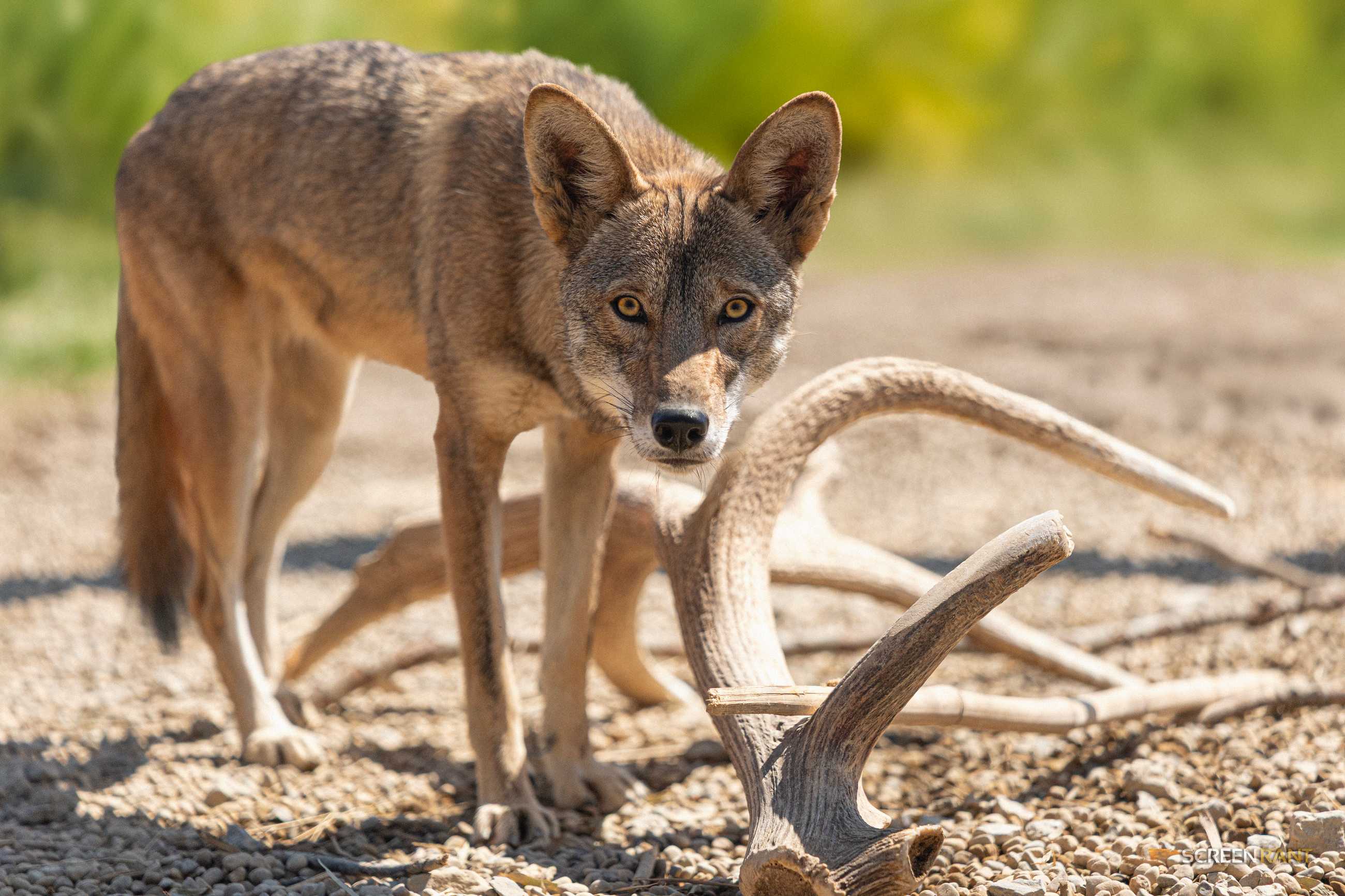
For Colossal, Neka’s first year represents both a proof point and a beginning. More founder lines are already being studied, and cloned wolves are positioned to help strengthen the captive population before reintroduction to the wild.
I hope that history looks back and they’re like, ‘She was the one that made it possible.’
Lamm envisions Neka as the spark for a recovery story that could one day see red wolves removed from the endangered species list. “Hopefully she can be that guiding light and hope and an initial proof point of how cloning technologies and genetic rescue can be used to save the entire species. And so eventually, I believe and I hope that the red wolves are off the endangered species list because they’ve been completely recovered, and in that, I hope that history looks back and they’re like, ‘She was the one that made it possible.’”

